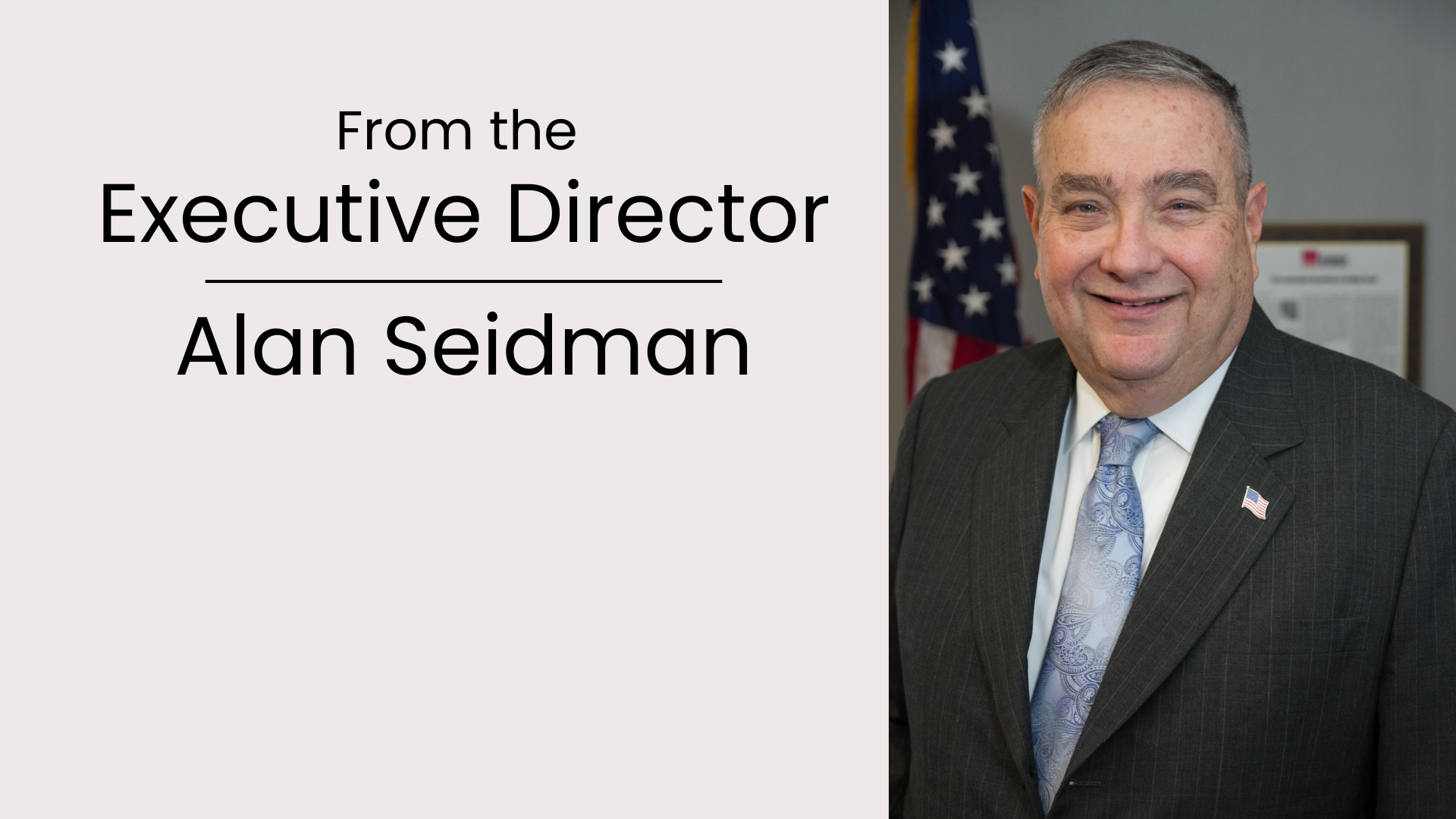BIE Safety Advisor | April 2024

National Work Zone Awareness Week is April 15-19
As our highway infrastructure ages, the federal government and many highway agencies are
focusing on rebuilding roadways, bridges, and tunnels. Highway improvement projects on roadways that are open to traffic will be increasing. At the same time, traffic continues to grow, creating more congestion.
This combination of more work zones and heavier traffic results in increased risk for the motorist and work zone workers. With this in mind, drivers must pay extra attention in work zones and take every precaution to keep themselves, other travelers and work zone workers safe.
Many factors contribute to work zone accidents, including speeding, cell phone use and inattentive, distracted, or aggressive driving. All of these behaviors are discouraged when driving on any road, but can be especially dangerous in work zones.
Many fatal work zone crashes involve rear-end collisions, which occur far more often on rural roadways than urban roadways. Also, nearly 40 percent of fatal work zone crashes on rural interstates involve a rear-end collision.
With the construction season about to begin, National Work Zone Safety Awareness Week
reminds motorists to be extra vigilant and is designated by the Federal Highway Administration to raise driver awareness and reduce vehicle intrusions into work zones. This year’s safety campaign theme is "Work zones are temporary. Actions behind the wheel can last forever.”
Highway work zones often have reduced speed limits, closed or shifted traffic lanes and people
working on or near the road, making it that much more important for motorists to be aware
of their surroundings.
In 2022, there were 441 “Work Zone Intrusions” - an incident where a motor vehicle has entered a portion of the roadway that is closed due to construction or maintenance activity - on New York roads maintained by the state Department of Transportation and Thruway Authority. Those crashes resulted in three fatalities and 56 injuries to workers and vehicle occupants.
In accordance with the “Move Over” law, motorists are required to slow down, be alert and drive carefully in all work zones. In addition, motorists must move over a lane when safely possible for vehicles along the road displaying red, white, blue, amber or green lights, including emergency response vehicles, tow trucks and highway construction and maintenance vehicles. Failure to comply will result in significant civil and possible criminal penalties.
While this effort may modify driving behaviors, it is critical that all roadway construction contractors plan and establish their work zones in adherence with the standards set forth in the Manual of Uniform Traffic Control Devices (MUTCD). A well-planned and properly executed Construction Work Zone is essential for providing safe passage for pedestrians and the motoring public during maintenance and construction activities on all roadways.
On Wednesday, April 17, 2024, All roadway safety professionals across the country are encouraged to wear orange to proudly show support of work zone safety. National
Work Zone Awareness Week and Go Orange Day are especially important to the families of
victims who have lost their lives in work zones.
Toolbox Talk | Traffic Control and Flagging
Flaggers play a critical role in maintaining public safety and crew safety. All flaggers must be trained and certified and must be prepared for work with appropriate personal protective equipment, including hardhat, Class II or III retroreflective clothing, safety glasses and appropriate weather protection.
Flaggers must also be able to:
- Receive and communicate specific instructions clearly, firmly and courteously
- Move and maneuver quickly in order to avoid danger from errant vehicles. This means a flagger shall not be in a sitting position and no vehicles that may obscure the flagger shall be parked near the flagging station.
- Control signaling devices (such as paddles and flags) in order to provide clear and positive guidance to drivers approaching a temporary traffic control zone
- Maintain situational awareness, protect the work crew and provide guidance and direction to the traveling public
Foreman and flaggers:
- Review traffic control drawings together to ensure there is proper distance between the flaggers and the work area according to speed of traffic and Manual on Uniform Traffic Control Devices guidelines
- Plan work coverage to allow for break time
Foreman:
- Be on notice that the flagger is there to communicate with the motoring public and you
- Follow directions to stop work, look up or clear the road when directed by the flagger.
- Not solely rely on the flagger to warn you of oncoming traffic – maintain situational awareness and be alert to traffic.
Flagger:
- Inspect all equipment before use. Illumination devices must be functioning and at full power when in use and radio batteries must be charged.
- Ensure all flaggers are operating on the same radio channel and plan for an escape area.
- Maintain visual contact with oncoming motorists, and never turn your back on traffic.
- All employees have “stop work authority” and the ability to stop their work when they have a reasonable safety concern.
Information provided by NWZAW.org, NY.gov. Prepared and edited by Michael Ballantine, Occupational Safety Consultants, www.WorkRiskFree.com


